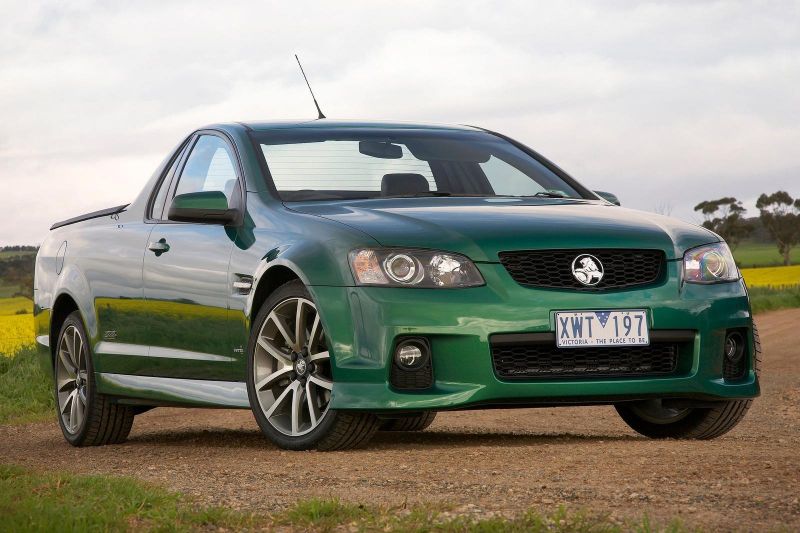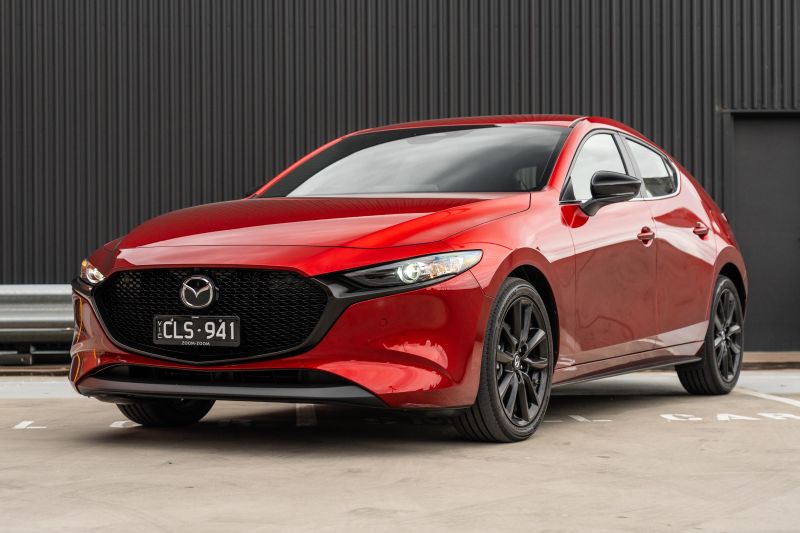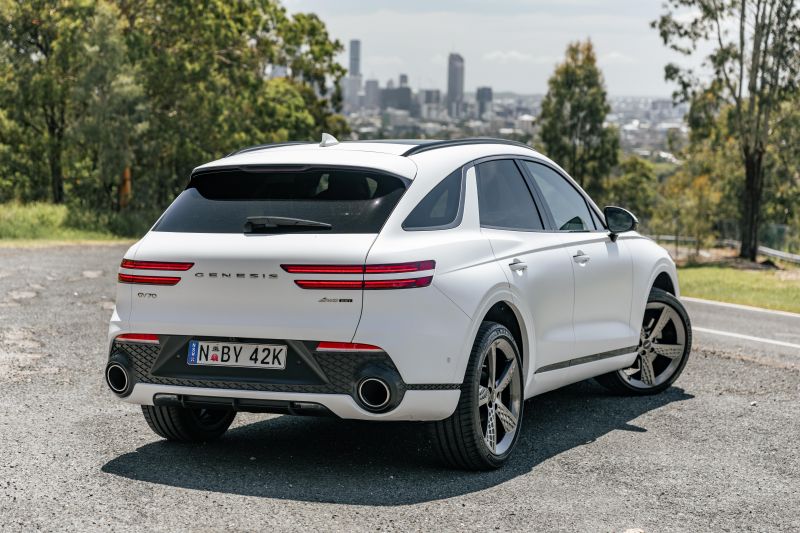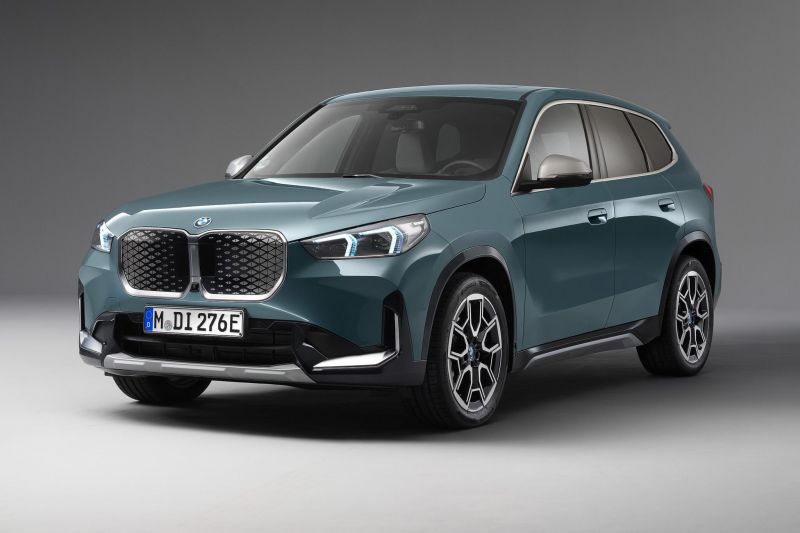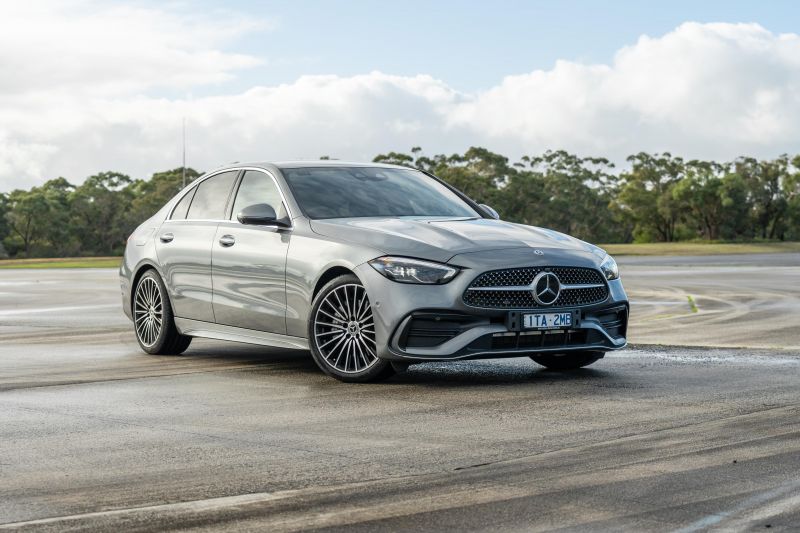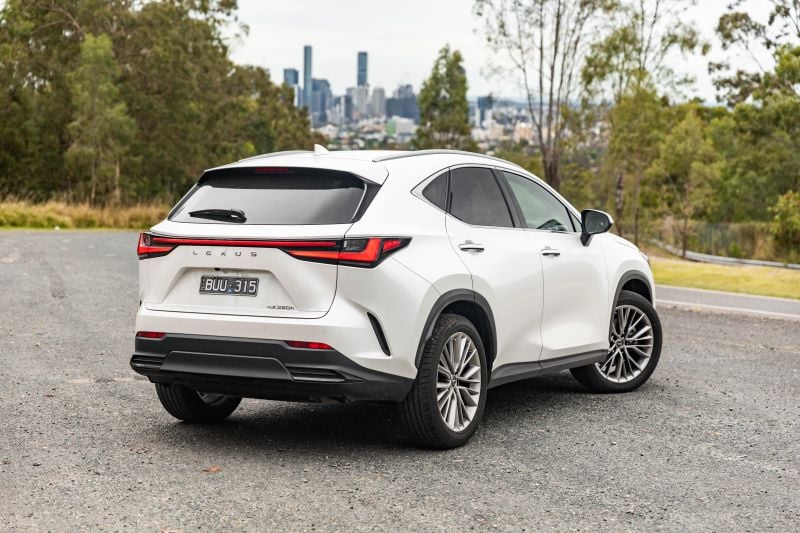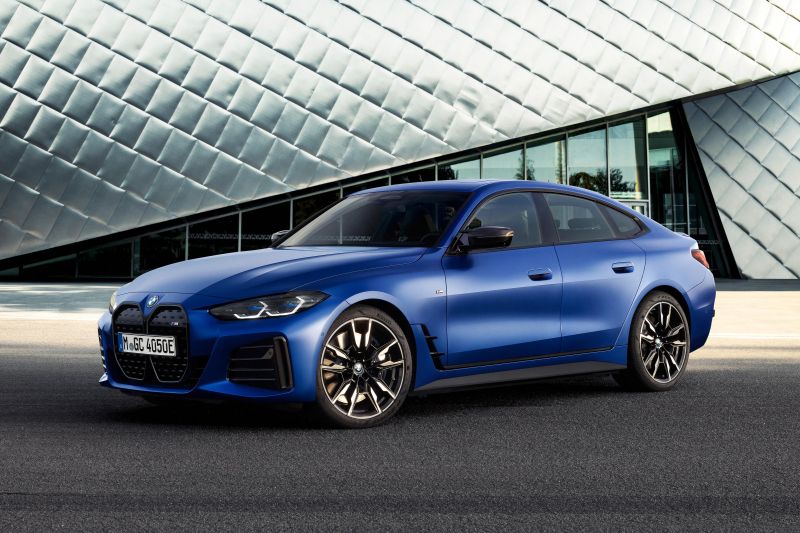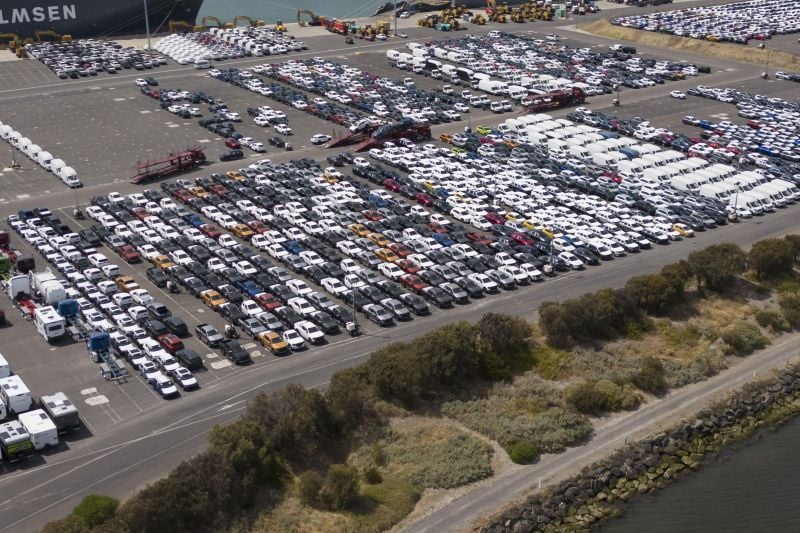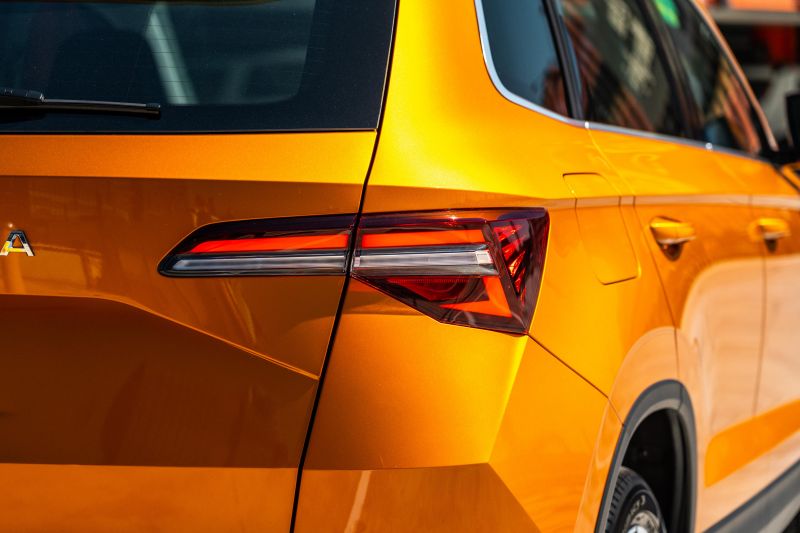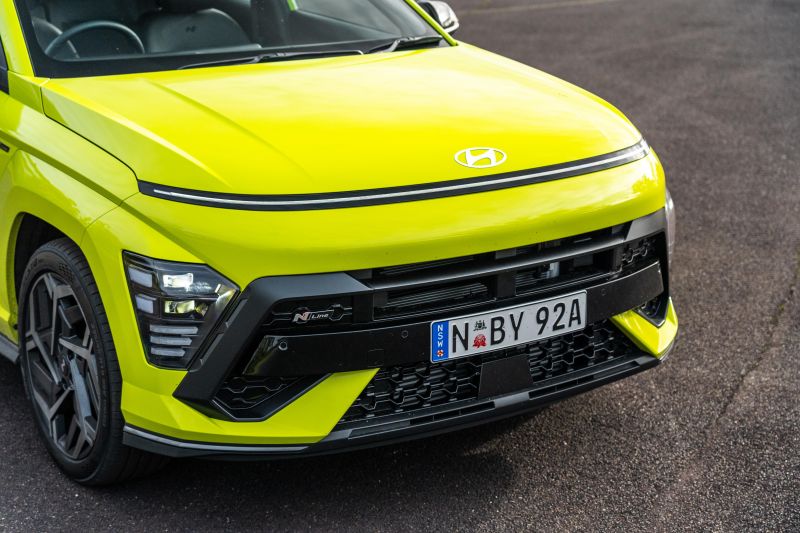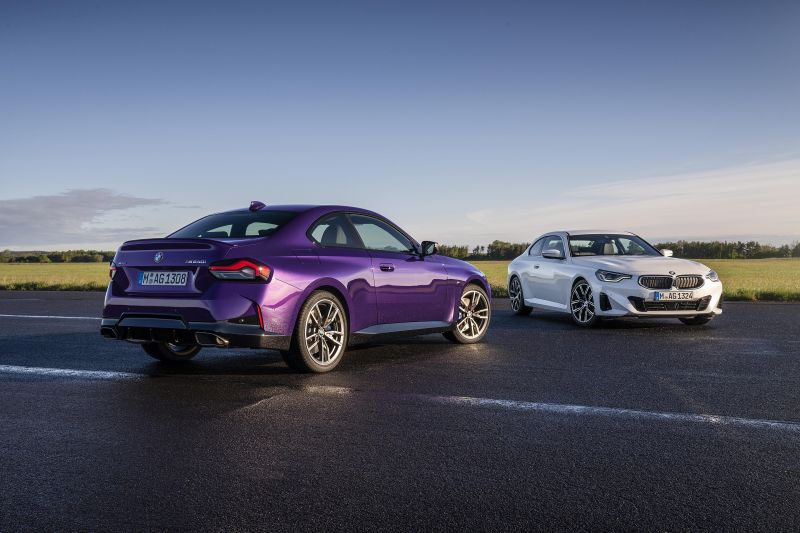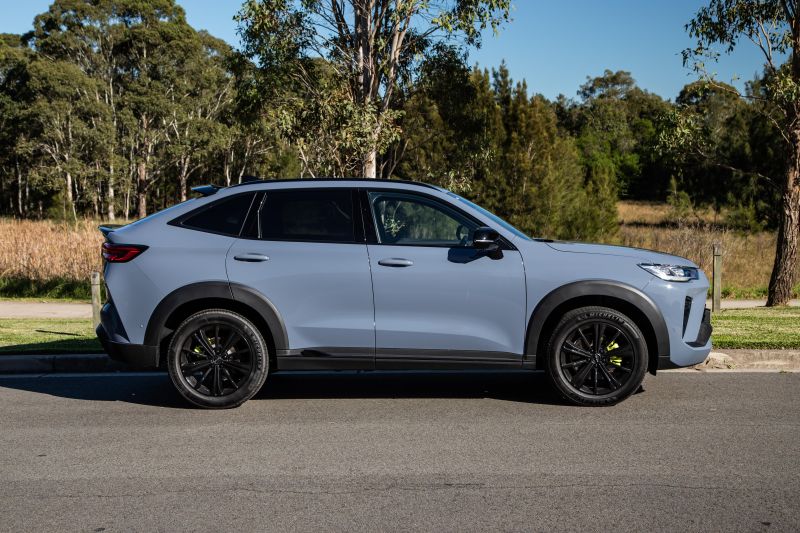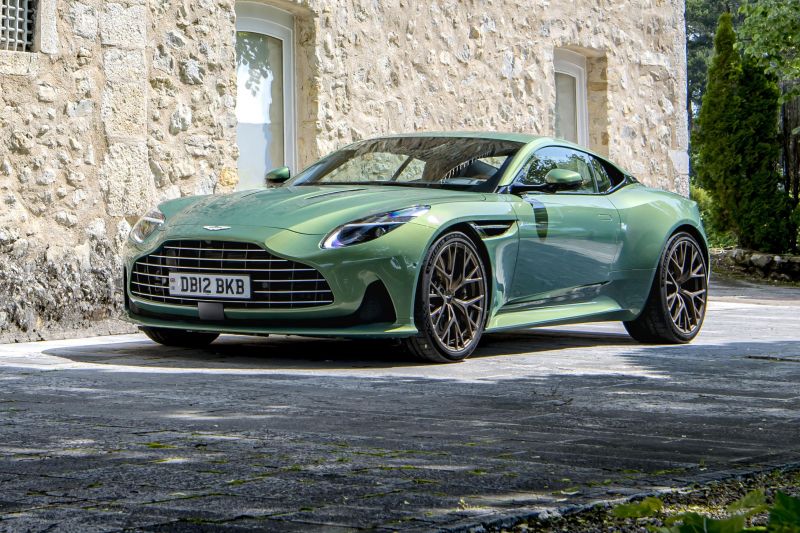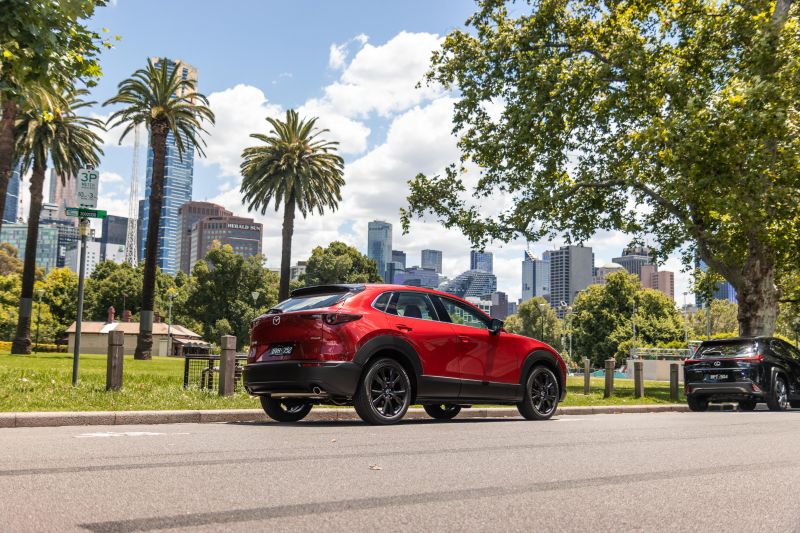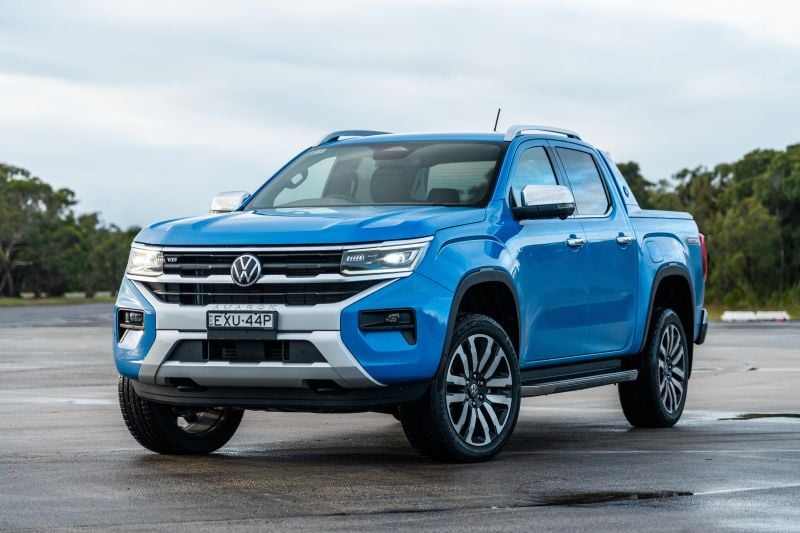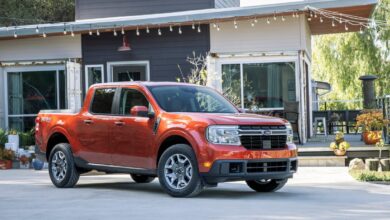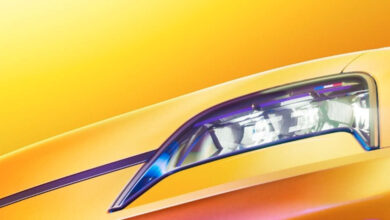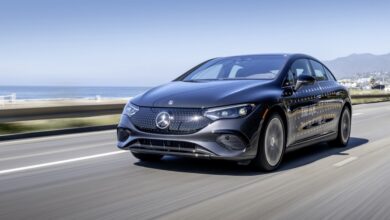The best colours for new cars in Australia

Nothing will kill the chance for a secondhand car sale quicker than the wrong colour.
It’s the same story if you’re doing a trade-in deal.
But what about your enjoyment? Can you live with a bland white car when your heart craves the excitement of racer red or the impact of a black?
There have been plenty of standout colours through many generations of motoring, igniting passions and weathering the storms of time and fashion.
In the 1970s, the Holden Torana was available in Strike-me-Pink and Mint Julep, now two highly collectible colours in the 2020s.
When the VE Commodore came along, Holden’s design director Michael Simcoe was responsible for a series of ‘hero’ colours to headline each model update, including Tiger, Poison Ivy, Voodoo, Red Hot and Nitrate.
Collectors love those colours, too.
More recently, the signature colour for the Subaru WRX is officially known as WR Blue – because it was splashed over its World Rally winners – and the Mazda 3 was a giant sales success in Soul Red Crystal.
It’s easy to track the popularity of cars and colours through CarExpert, including the latest ‘hero’ colours on cars like the BMW M3 and Porsche 911 GT3 RS.
But what should you choose when you’re standing in the showroom?
Research time
If you’re buying a pickup for work then white is a no-brainer. It’s the same if you only want a suburban shopping trolley.
But take the time to look around when you’re driving.
There are some great colours on the road today and you don’t have to settle for basic shiny white. There are plenty of metallic and pearl finishes, even in white, and if you’re really adventurous then matte white can work well.
“Exterior colours are something you might notice when you’re driving somewhere. So they can point out to something special,” the head of BMW Colour and Material Design, Annette Baumeister, told CarExpert.
“The colour influences the character of the car.”
She said white is still the global number one, followed by silver, red and black, but there had been a move towards green and blue.
“A few years ago, there was suddenly this white hype. It was a modern and pure approach.
“It’s more, now, these greyish solid colours. It’s green and blue, which have a different appearance in different light, a big more sophisticated.”
Different colours also work differently on different vehicles, which is important to consider.
The best way to decide is see how a colour looks, on the road, in your day-to-day driving.
Even better, find your favourite colour in the showroom or on the car lot, and see how it makes you feel.
Putting feelings aside, research should also include the cost of colour.
The number of ’standard’ no-cost colours is falling rapidly at many brands, and it’s not always white.
The all-new electric Ford Mustang Mach-E is only available in basic black without taking an extra hit on the bottom line.
But remember the real ‘hero’ colours in showrooms are often used as bait. That shocking pink Porsche might look great for a second, but could you really live with that colour in your driveway every day?
Choose with your heart… and your head
“Just go for white. You won’t find anyone who hates white,” one of Australia’s leading new-car dealers told CarExpert.
“It’s the safe choice. And it works.”
It definitely works for anything wearing a Toyota badge, and white has traditionally been the runaway favourite with car buyers in Australia.
White works because it’s cooler in summer, shows less damage, and is easier to keep clean. Contrast that with black.
Silver is a runaway favourite with buyers of luxury cars, a trend started many years ago by Mercedes-Benz. A silver car with a three-pointed star was a sign of success.
“There are core luxury colours,” said Martin Roller, a long-time prestige car dealer.
“Typically, what we have found over the last few years is there are four core colours in the luxury market. They are white, black, grey and a shade of blue.
“There will always be come cars with something bolder. They might be launch colours to help position a product.
“Do people buy them? No, they don’t. It’s about creating the attraction under lights in the showroom.”
So the expert advice is to play safe, unless you crave a colour or fall for the showroom standout.
“You have to remember resale value is an all-important thing in the luxury-car market. People only keep their cars for a few years,” said Mr Roller.
“It’s much the same in every sector.”
But, there are buts …
“Colour does vary by the brand and its personality. It’s horses for courses. You don’t see many white Ferraris, but there are plenty of black cars, and there are four or five different reds,” he said.
“There is so much same-ness on the road, so people do want a car that provides a bit of personalisation.”
One of the recent changes on the paint front is the increased popularity of matte finishes. They were considered highly exotic at first, popular with AMG Benzes and BMW’s M cars, but are also now quite popular on Genesis vehicles.
The early mattes needed special treatment, but now they are just like any other paint once you hit the road.
Some people are also using a plastic ‘wrap’ to personalise their car, going for a basic white but ramping things up with a high-impact wrap colour or a one-off custom design.
But the big-volume dealer has a hard-nosed approach.
“White is always easiest. It works. And it works when you’ve finished with the car,” he said.
The car care questions
Any trip to a new-car dealership now includes the ‘after-sales’ department. It’s become a major profit centre for dealers, and a source of confusion for customers.
It began with finance, but now includes products to protect and enhance a purchase. That could be window tinting, upgraded alloy wheels, floor mats, aero screens, fabric protection and – the big one – paint protection.
“There are a lot of products and a lot of choices,” said Darren Pate, a car-care expert who works for a company called MotorONE.
He said it’s important to get the colour questions right.
“Dealing in this industry, I would be going for a silver car. White used to be the go-to colour, but there is so much contamination now,” he said.
“Cars even arrive in Australia from the factory with paint contamination from fall-out. It’s from the exhaust systems on the big transport boats, then trucks in Australia. They can be micro-fine metals.”
Why silver?
“Silver hides your water marks, your scratching, the contamination,” he said.
Then he goes deeper about the quality of paint and what to look for in a showroom.
“Paints are softer than ever before, because they are all water-based. Ten years ago you would have much tougher paint,” he said.
“Most manufacturers are using paint at 60-80 microns, the medium level is around 110 microns, and the top brands are about 120.”
So Pate said paint protection products can be a sound investment.
“Most people keep their cars for three to six years, so they need to keep an eye on the paint.”
On the road
Paint protection comes down to the owner.
The basics are washing and polishing, keeping an eye out for potential disasters, and even understanding how the paint works.
“When you’re washing a car, you want the water to ‘bead’ on the surface. There is a lot of do-it-yourself. And remember there is no such thing as a truly, ‘hands-free’ automatic car wash, and they often use harsh chemicals and recycled water,” said Mr Pate.
“You have to be careful about environmental fallout. Bug splatter. Tree sap. Bird poop.
“So park the car in a garage. Wash it regularly. Use a good-quality shampoo and polish.”
With thinner and softer paints, regular maintenance is as important as anything in the engine bay.
It should also include wheels, which are now susceptible to the black dust from softer brake pads needed for anti-lock braking systems. The dust makes a car look neglected, but over time can cause deterioration of the surface on alloy wheels.
Plastic parts should also be considered, as they will fade over time and are often in places which are most prone to day-to-day nicks and damage.
“Car paints do break down over time. They are not as tough as they were, ‘back in the day’,” said Mr Pate.
Early intervention
If your car has a scratch or scrape, or a minor dent, or even some fading, get in early on the repair work.
What can begin as something little can quickly deteriorate into a potential disaster.
“Too often, people wait too long before doing anything,” said Mr Pate.
Apart from regular washing and polishing, paint will often respond to a light buffing with a ‘clay’ product. They have a very slight abrasive quality to remove any oxidation or surface damage to the paint.
So don’t let things fester, and consider one of the many ‘dent buster’ companies that specialise in body work. It can be relatively easy to bring the ‘paint’ back if you move quickly.
They can remove dents from plastic parts and body panels, and touch-up minor damage to the paint.
But even a specialist can arrive too late if bird droppings are left on the paint, and eat through the surface, and it is the same for some tree sap.
Remember, too, that car companies don’t always get it right.
CarExpert has heard horror stories about paints which deteriorate in Australian conditions, often metallics, and even including the hero red from Mazda.
When Aston Martin headed into the outback for testing of its upcoming DB12, the engineers thought their high-tech equipment for measuring ultra-violet radiation had failed. They were seeing numbers more than double the previous test location in Dubai. But it was all about Australia.
Preparing for sale
If you’ve been washing regularly, and polishing every couple of months, sale time can be a breeze. But…
“We see a lot of cars that need a lot of work,” the dealer chief told CarExpert.
“It can cost thousands to put a car right if the paintwork has really deteriorated. And there is lots of rim damage.”
So presentation is key, either for a private sale or to get the best price as a trade-in.
For online advertising, the car needs to look its best and be photographed in a flattering location. Not just dirty and dusty in the driveway.
Washing and polishing are obvious, and so too is cleaning all the glass – including the rear-view mirrors – and giving the tyres a coat of shiny black.
“Getting a car professionally detailed is often a good idea. They will find things you might overlook,” the dealer said. “The interior is just as important as the paint, too.”
Mr Pate advises not to do an amateur job with an electric polisher, because it’s easy to cause damage.
“Wash the car with a soft clay bar, use polish to give it a nice sheen,” he said.
The difference in presentation can be hundreds of dollars, even thousands, for a private sale. And it’s the same with a trade-in.
“How the car looks can point to how it’s been maintained. It’s something to consider,” the dealer said.
And the bottom line? Colour is fine, and can be a bonus with a popular shade that lures private buyers, but white still works.
“Go for white. That’s the smart decision,” said Mr Roller. “Not many people love white, but very few people hate it.”
